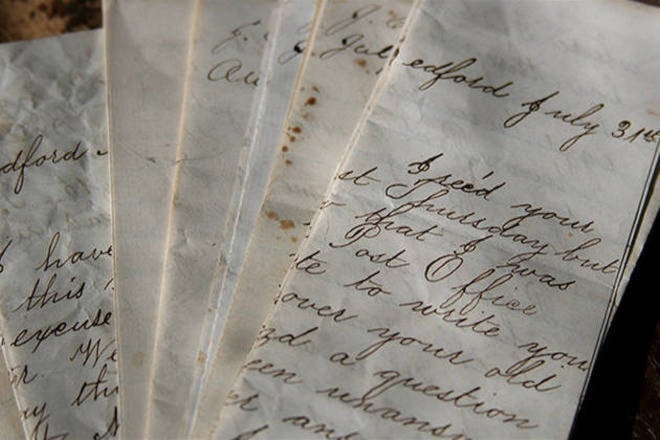Ban smoke, not fire
The best way to dispose of backyard garden scraps is to bury them a couple of feet underground. This gradually adds nutrients to the soil, and helps to absorb and retain well into the dry season (see ‘hugel culture’).
That said, it does involve a lot of digging, and unless you have access to a machine, the prospect of moving all that earth one shovelful at a time is daunting. So, understandably, the idea of burning the pile down to a few ashes is appealing. But we have to change the way we are going about it.
If backyard burning of biomass is to be considered a citizen’s right in this Valley, then with said right comes the responsibility to burn as efficiently as possible. Smouldering backyard fires are simply no longer an option. Highly efficient combustion of wood/bio-mass is possible when we adhere to the three-Ts of combustion: time, temperature and turbulence. In other words, the fire must burn fast and hot with optimized mixing of the wood-gasses and oxygen as they are directed into the flame path. When the smoke (fuel) is guided into a hot enough flame path there is no pollution.
Here is a simple way to go about it:
Find an old 55 gallon steel drum. Holes and dents are not a problem. Grind out the bottom so it becomes a long cylinder. Clear the hearth-ground of organic matter and place the cylinder on a tripod of three bricks laid flat. Place one more brick in the middle. Cut or bend a layer of quarter or half-inch mesh to fit inside the barrel and sit upon the four bricks. The barrel and mesh should now be sitting about two or three inches off the ground. Voila, you have a heat riser – the essence of a rocket stove.
Start the fire with dry kindling and build it strong with dry wood. Once the fire is roaring, then gradually add the wet scraps. So long as you don’t feed the wet material too quickly, virtually all of the smoke will be directed into and consumed by the very hot flames. The task is easy and the work goes surprisingly fast.
Note: the first time you fire the barrel any paint on it will take a few minutes to burn off. These fumes are toxic so don’t breathe them. But know that, in the grand scheme of things, you now have a highly efficient combustion appliance in place of a constantly smouldering fire. And your neighbours will be a whole lot happier for it.
Patrick Amos
Glenora
